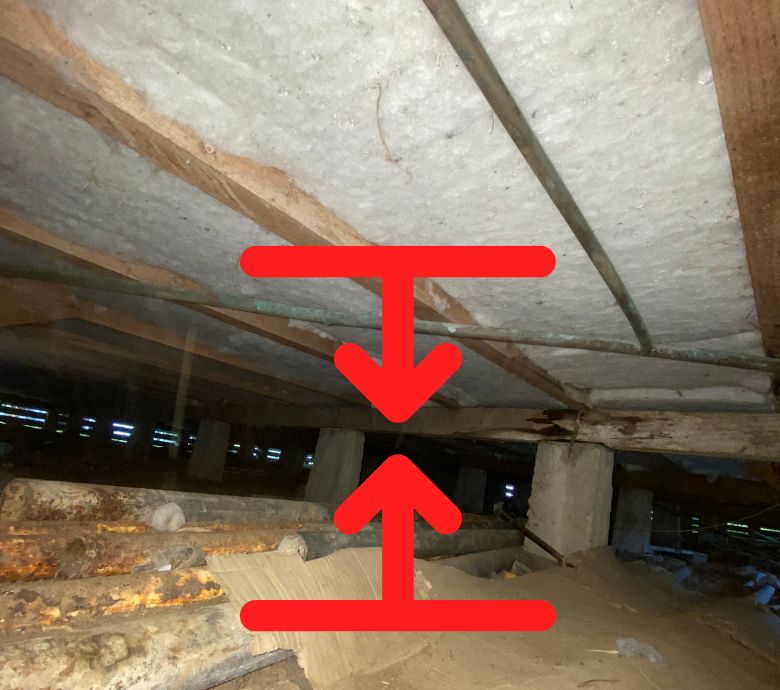
Your go-to insulation team in Auckland — helping with everything from Healthy Homes compliance to full-home retrofit insulation.

August 29, 2025
If you’ve ever poked your head into the roof space or crawlspace of a typical Auckland home, you’ll know it’s not always pretty. Low clearances, spaghetti wiring, piles of old insulation, cobwebs, and sometimes a few furry tenants who never paid rent.
So when you think about adding or replacing insulation, you might wonder: “Is my place even doable? What if it’s too cramped under there?”
The short answer is: yes, you can insulate a home with tight or hard-to-access spaces. In fact, it’s more common than you think.
Auckland has a mix of housing stock – from 1910s villas with barely any underfloor clearance, to mid-century bungalows with aging batts in the roof, to modern townhouses where the roof cavity is more like a shoebox than a room. Builders back then weren’t thinking about future insulation installers crawling around; they just built for speed and cost.
On top of that, many older homes have:
Sound familiar? You’re not alone.
Good insulation companies (like us at Kaiser Property) have tools to handle these challenges. That includes vacuum systems to remove old insulation, flexible rolls/batts that can be fed into tight corners, and safety gear for damp or pest-affected spaces.
Not all insulation is equal. Some products are rigid, some flexible. For tight roof cavities, glasswool or polyester options like Earthwool, Mammoth, or GreenStuf can be cut and fit precisely. Underfloor? Polystyrene or polyester segments are common – they’re easier to handle in low clearances.
Sometimes, new access hatches can be created to make the job safer and more effective. Other times, installers work in sections – insulating what can be reached from one hatch, then moving to another point.
Mould, old foil insulation, and rodent droppings are all hazards. That’s why removal is often just as important as installation. Professionals know how to handle it without spreading contaminants through the home.
If you’re a landlord in Auckland, the Healthy Homes Standards don’t give exemptions just because the space is tight or awkward. The expectation is that insulation is installed wherever it’s reasonably practicable. That means if it can be done safely, it should be done.
In rare cases where insulation is physically impossible to install (e.g. zero clearance), an exemption may apply – but most of the time, solutions exist.
Here’s something we hear a lot: “I’m embarrassed about the state of my roof/underfloor. It’s dusty, there’s droppings, maybe even mould.”
Don’t stress. We’ve seen it all. Seriously. It doesn’t matter how messy, cramped, or neglected the space looks – chances are we’ve worked in worse. Our job isn’t to judge; it’s to make your home warmer, drier, and compliant.
Yes, you can insulate a home with tight or hard-to-access spaces. It might take a bit more time, some specialised techniques, and the right products – but it’s possible, and it’s worth it.
If you’re in Auckland and you’re worried your home might be “too hard,” give us a shout. We’ll take a look, give you straight advice, and if it can be done, we’ll get it sorted.
👉 Ready to find out what’s possible? Contact Kaiser Property for a no-obligation assessment.